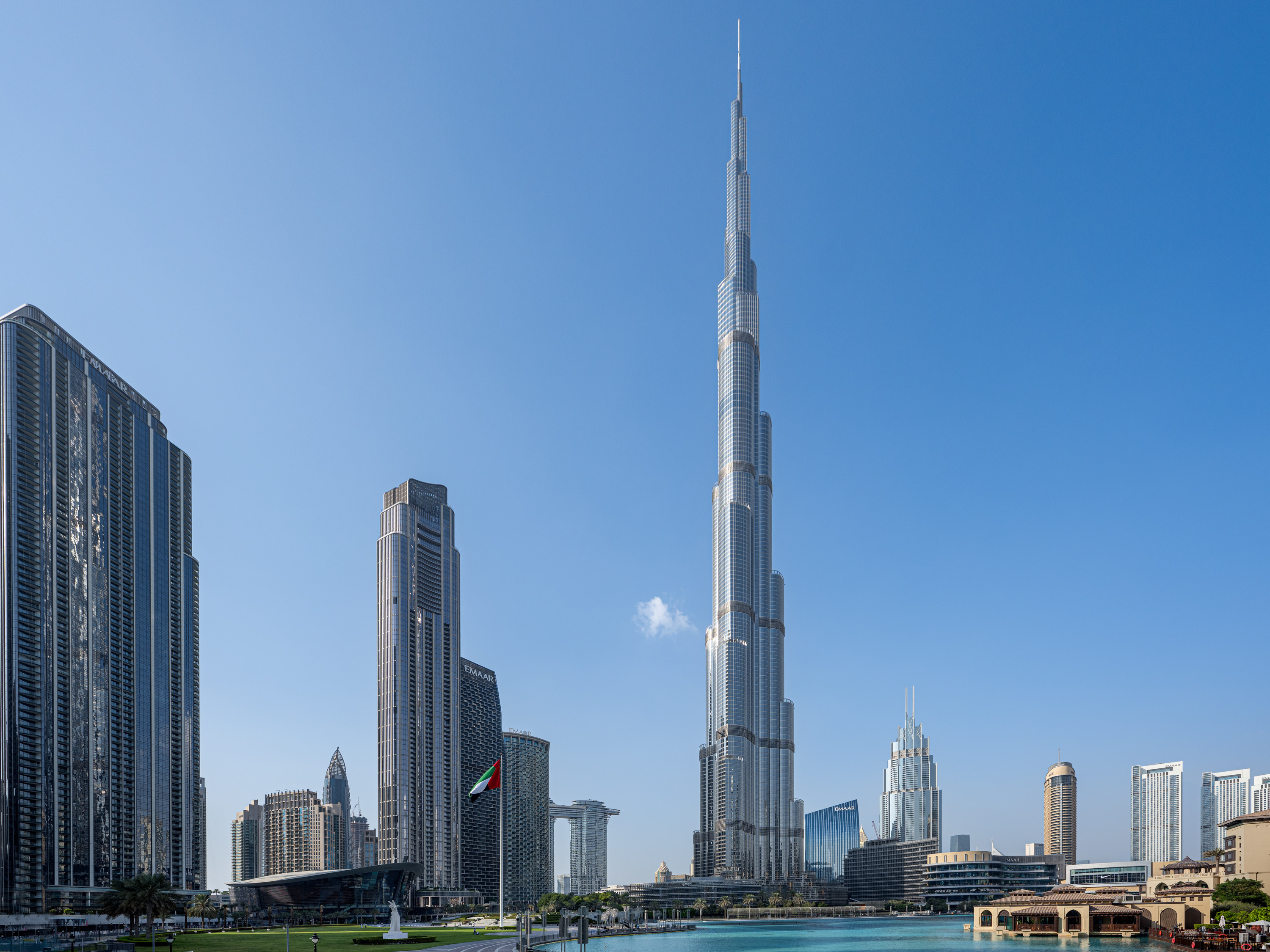



Neo-futurism is an architectural style that emerged in the late 20th and early 21st centuries as an expression of optimism, technological progress, and the aspiration for dynamic urban environments. Rooted in the utopian visions of early 20th-century Futurism, but filtered through contemporary advances in digital design, materials science, and environmental engineering, Neo-futurist architecture is characterized by fluid forms, asymmetry, and an emphasis on motion and innovation. Architects such as Zaha Hadid, Santiago Calatrava, and Jan Kaplický have produced iconic Neo-futurist works that challenge conventional structural logic, often evoking biomorphic or aerodynamic shapes. Buildings in this style frequently serve as cultural or civic landmarks.



